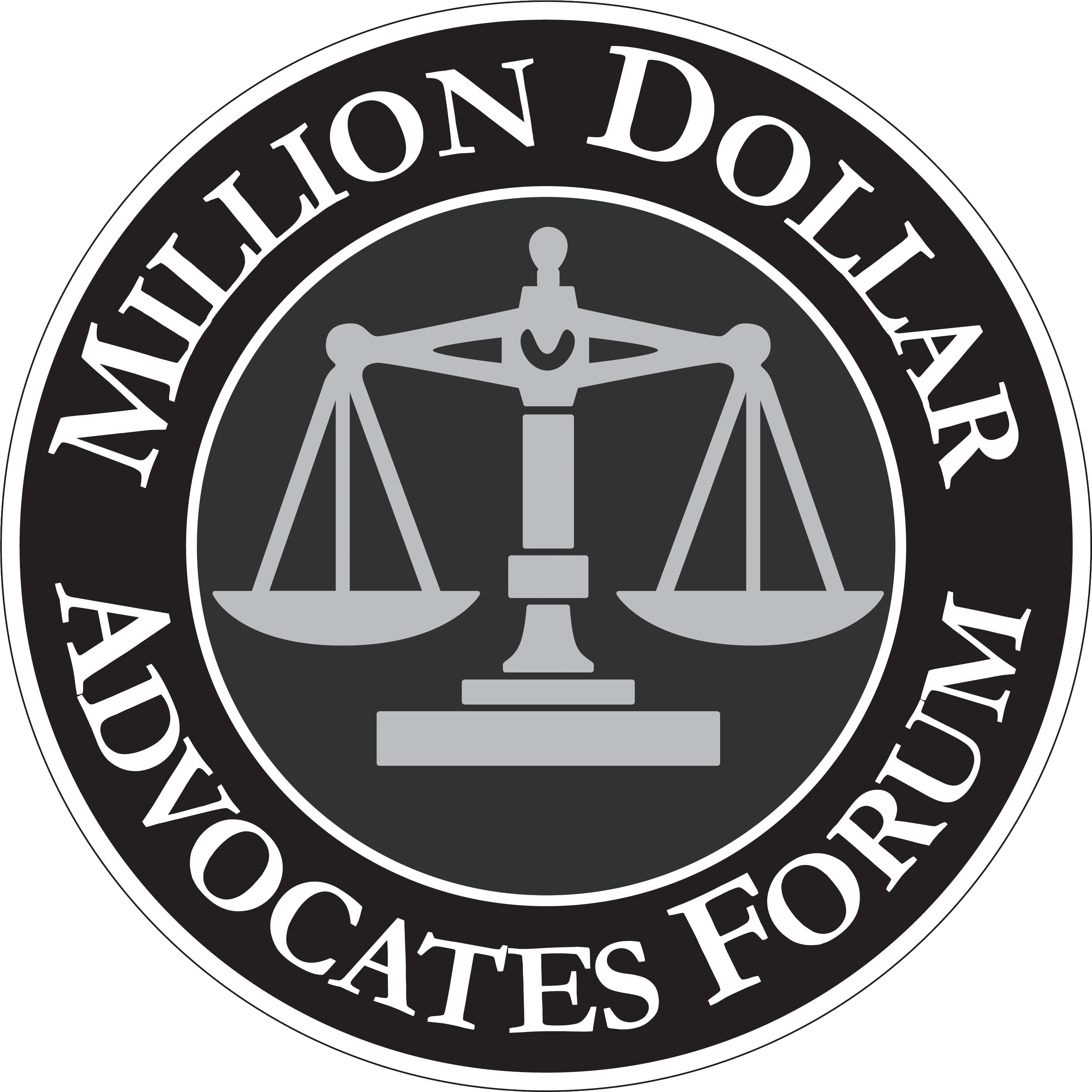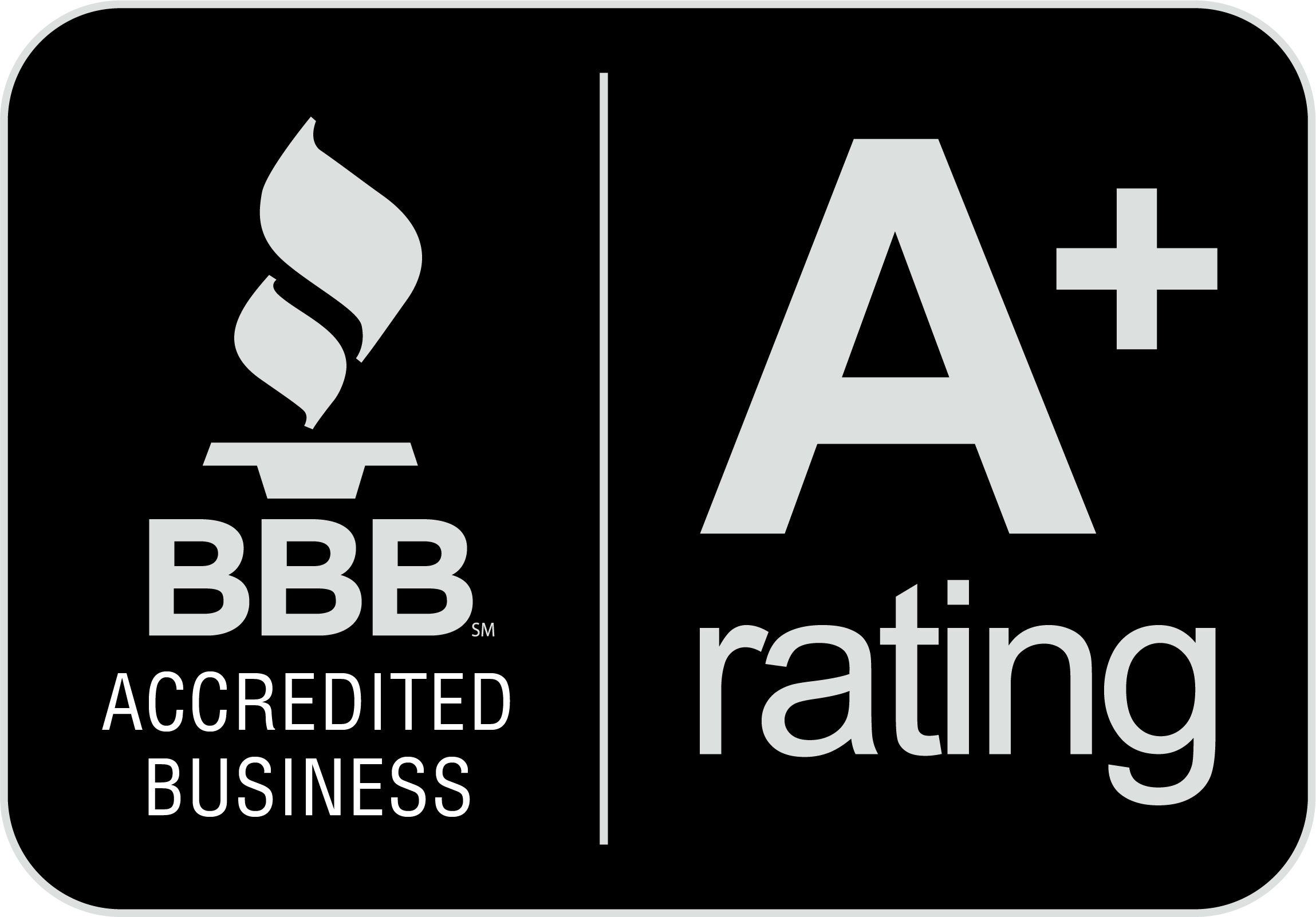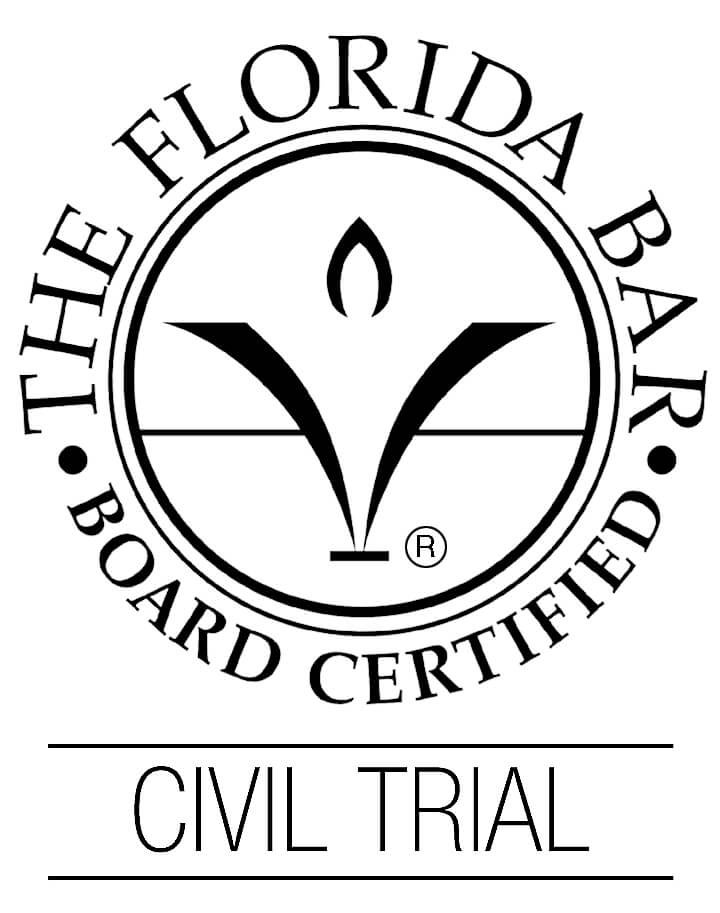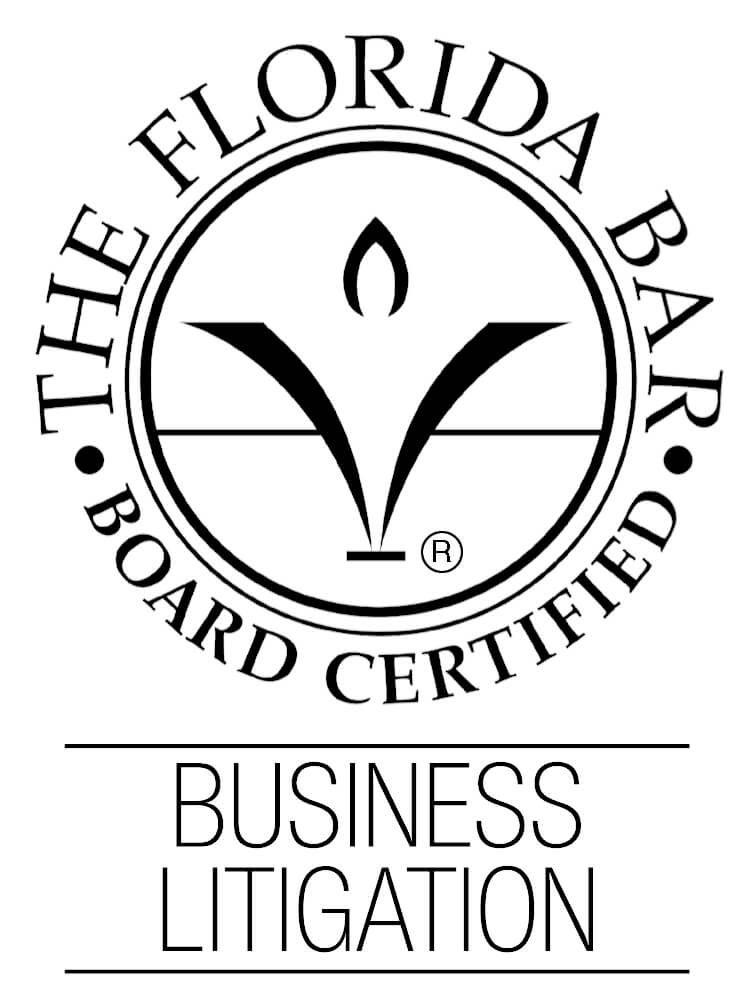Roadside Hardware Information
Each day more than 3,000 people are killed in motor vehicle crashes worldwide. In the United States, more than 42,000 people lose their lives each year due to traffic accidents. Although most traffic fatalities involve multiple vehicles, the Transportation Research Board estimates that over one third of all traffic deaths result from single-vehicle impacts with roadside structures. These roadside structures include both manmade devices such as guardrails, overhead signs, bridge piers; as well as naturally occurring features such as trees.
The Federal Highway Administration requires that all roadside hardware such as guardrails, traffic barriers, barrier terminals and crash cushions, bridge railings, sign and light pole supports used on the National Highway System meet the performance criteria contained in the National Cooperative Highway Research Program (NCHRP) Report 350, Recommended Procedures for the Safety Performance Evaluation of Highway Features. Mr. Nation is intimately familiar with Report 350, as well as its predecessor NCHRP Report 230.
NCHRP 350 requires roadside hardware meet very exacting “Structural Adequacy” “Occupant Risk,” and “Vehicle Trajectory” evaluation criteria. These evaluation criteria are typically tested in full scale crash tests which are performed at recognized testing facilities located throughout the United States.
Some roadside hardware component parts have been approved for use utilizing computer simulation, or “Finite Element Analysis.” In a case involving a faulty guardrail, Mr. Nation commissioned a first-of-its-kind Finite Element Analysis which conclusively showed that the subject guardrail should not have failed under the particular circumstances involved in that crash.
Over the years, Mr. Nation has acquired a library of crash test data and videos which are invaluable in helping juries understand the science of roadside hardware collisions. Several crash test videos can be viewed here. Other videos can be accessed through The National Crash Analysis Center at George Washington University.
In addition to the Federal Highway Administration, each state has its own “State Department of Transportation” that further regulates Roadside Hardware.
American Association of State Highway and Transportation Officials also has developed various industry Standards for Highway Barrier Hardware which should be complied with when designing roadside hardware.
Roadside hardware litigation requires a thorough understanding of engineering concepts and mathematical principles. An attorney handling roadside hardware cases should be able to recite and perform an “Impact Severity” calculation without the slightest hesitation. The Impact Severity calculation is only one of the many mathematical calculations necessary in evaluating and prosecuting Roadside Hardware cases.
Likewise, it is impossible to handle a “non-tracking” Roadside Hardware case without utilizing the concept of “Effective Mass”.
The practitioner must also be well versed in accident reconstruction and have a clear understanding of the test matrixes utilized under NCHRP Report 350. The practitioner must also be proficient in the “Mechanical Properties” of the various hardware components utilized in Roadside Hardware, including the minimum tensile strengths, minimum yield points, and elongation requirements, such as those contained in AASHTO Designation M-180.
Although it may be convenient to entrust these details to the retained expert witness, it is critical that the attorney handling the case have a thorough understanding of these foundational issues so that he or she can effectively present your case, and cross-examine the defense expert witnesses. All too often attorneys think that they can simply allow their own experts to discuss these issues, and in so doing they deprive their clients of effective representation because they themselves have no understanding of these critical engineering and mathematical concepts.
Another key to handling the roadside hardware case is retaining the appropriate experts. Often we will have to retain experts regarding, accident reconstruction, metallurgy, and Roadside Hardware design. The roadside hardware design community consists of a very small group of people and finding the right expert for your case is critical.
For prospective clients: If you or someone you know has been injured or killed by a collision with a roadside structure such as a guardrail, sign post, or bridge, or has been injured because of a poorly designed roadway or work zone, you may wish to have an experienced roadway design lawyer investigate the circumstances. Often Mr. Nation has been able to show that the roadside structure, roadway or work zone was negligently designed leading to death or horrific injuries.
For a free consultation call 1-800-NATION-LAW or submit a free email inquiry.
For attorneys: Mr. Nation accepts co-counsel relationships throughout the United States regarding roadside hardware, roadway design and work zone safety. If you are an attorney seeking information or if you would like to discuss a possible co-counsel relationship please fell free to call Mr. Nation at 1-800-NATION-LAW or email him an inquiry at Contact Us.
Some useful roadside hardware related web sites are:







